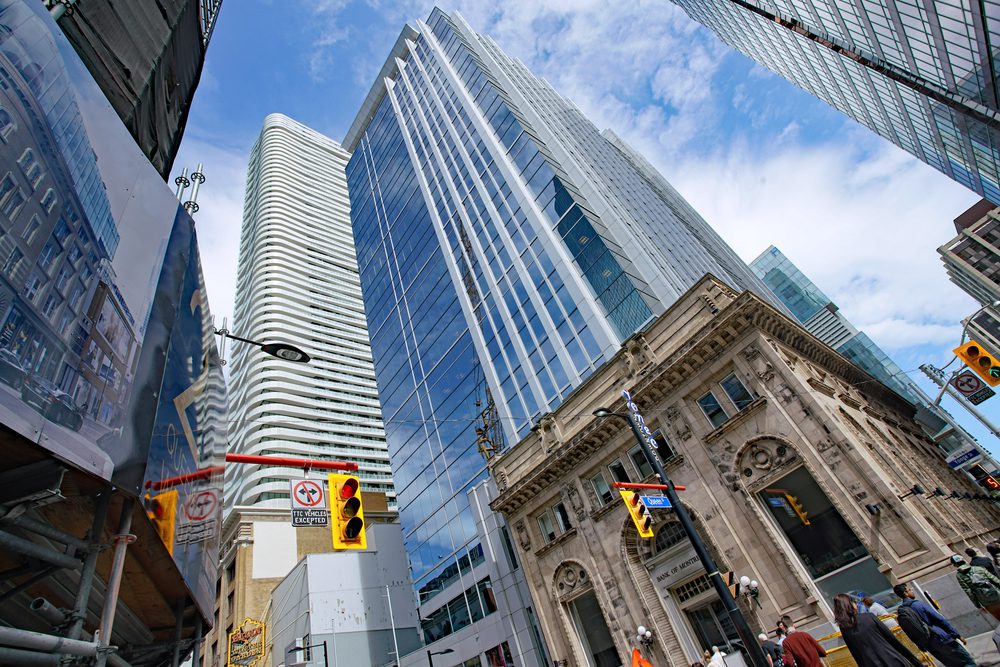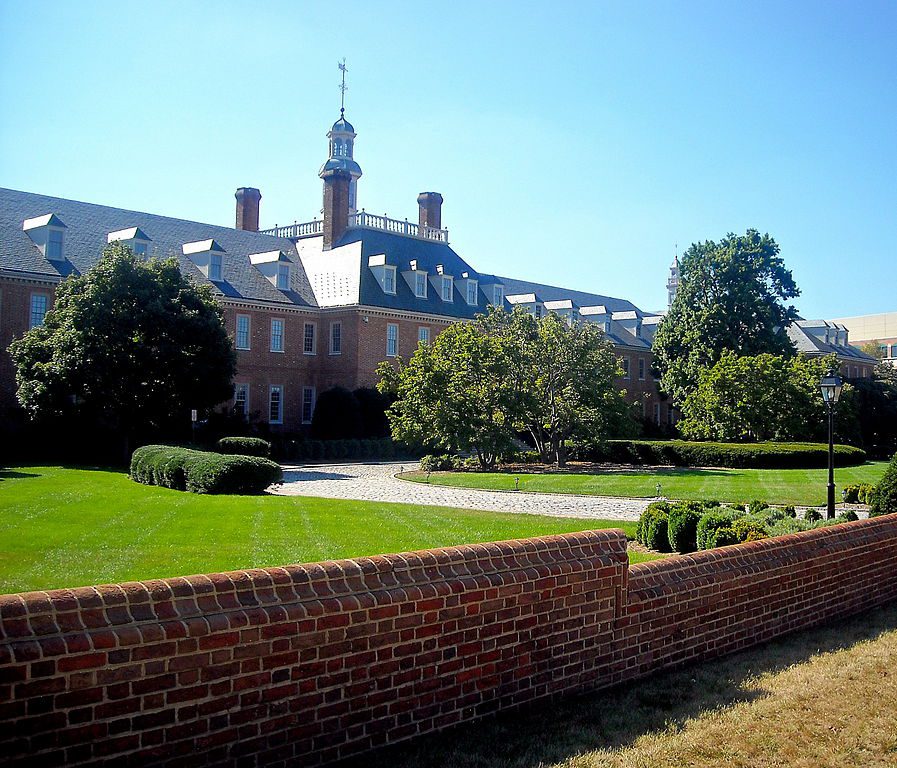Can Historic Preservation Be Saved?

A fresh dispute over historic preservation in Washington, D.C. has earned the movement a new class of critics: environmentalists. Against a growing tide of interest in solar technology, the city’s preservation board has repeatedly rejected applications to install solar panels on homes in city-designated historic districts, prioritizing community character over decentralizing energy production. As Binyamin Appelbaum argues in a scathing write-up for the New York Times, it is a fight that “is emblematic of broader problems with preservation.”
Indeed, the once-uncontroversial cause of saving historic buildings from demolition enters 2020 facing criticism on more than a few fronts. A slew of high-profile 2019 preservation fights, including Tom’s Diner in Denver and the Strand bookstore in New York City, pitted local businesses against preservation. And with many cities facing severe housing shortages, the ability of NIMBYs to deploy last-minute designations or blanket wealthy neighborhoods with historic districts to block development has also come under fire from housing activists.
Can the American preservation movement be saved?
An enduring problem is that historic preservation boards and agencies — which review proposed historic districts and landmarks — have a bad habit of ignoring other planning objectives. Major planning issues, like housing affordability or urban design, rarely come up in their deliberations, occasionally resulting in tone-deaf decisions.

Take the case of the Fannie Mae Headquarters in Washington, D.C., which was landmarked in 2017. As Amanda Kolson Hurley reports for Washington City Paper, the 1958 suburban-style office building abuts what D.C. had previously designated as a walkable mixed-use corridor. Redevelopment of the site might’ve moved it closer toward that vision, adding storefronts and apartments where a large front setback currently sits. Yet the D.C. preservation board didn’t even consider these broader goals, deferring exclusively to vague standards regarding “significance.” Perhaps the board made the right decision, perhaps not — if tradeoffs aren’t considered, how can we know?
As far as planning controversies go, there’s an easy fix: Preservation boards should be required to balance preservation with broader planning goals, recognizing the tradeoffs at play in any planning decision. Preserving an important office building matters — but so does strengthening a walkable corridor.
One way to get preservationists thinking about tradeoffs, especially concerning housing, could be to set up a “housing budget.” As described by Dan Bertolet, a senior researcher at the Sightline Institute, for any housing lost as a result of a preservation decision, city planners should allow the same amount of new housing to be built elsewhere. If a historic building can’t be redeveloped to its full practical use, the thinking goes, the rest of the neighborhood should be allowed to build slightly denser to make up for this loss.
One way that cities already try to address this is with transferable development rights, or “TDRs.” If a property owner is restricted from building a few extra apartments by a preservation ordinance, many cities will allow her to sell the right to build those extra apartments to neighbors. It’s a good-faith attempt to solve the problem of reduced capacity and offer owners some compensation.
But according to a team of researchers at the Furman Center for Real Estate and Urban Policy at New York University, this process is often opaque and highly restrictive, with TDRs frequently going unsold, leaving owners uncompensated and housing unbuilt. A few modest reforms in this space — like allowing TDRs to be traded citywide — could go a long way. Whether cities decide to go the full “housing budget” route or stick with TDRs, reform in this space could defuse the growing conflict between preservationists and housing activists.
If these added guardrails sound to preservationists like unwelcome constraints, consider a third idea: preservation boards and agencies could take the lead by nominating buildings in a process that’s clear and predictable. A regular source of embarrassment for the movement comes not necessarily from preservationists themselves but from bad-faith NIMBYs seeking to block development, as with San Francisco’s notorious “historic” laundromat. All too often, historic districts are proposed by wealthy neighborhood associations to openly exclusionary ends.
To work toward a clear, predictable process, phasing out the ad hoc nomination process altogether would be a good start. In its place, cities should empower professional planners and preservationists to nominate eligible landmarks to the city council, as is the case in Vancouver. To add greater stability to the process, new nominations might be bundled into a broader preservation plan, which could also take stock of whether current designations are still appropriate. This would help to reintegrate preservation into broader planning goals, while also cutting down on the problem of unexpected or unwanted designations.
As Kriston Capps points out in Citylab, in the case of Tom’s Diner, preservation can be complicated. But a tone-deaf approach to other values, fears over lost housing, and a lack of compensation can turn complication into controversy, of the variety that imperils the future of the movement. In the aftermath of the Tom’s Diner episode, Denver City Council is exploring ways to rein in the city’s landmarking law. With a similar drumbeat of controversies cropping up from Seattle to Minneapolis, how long will it be before other cities follow?
If the historic preservation movement is going to have a future, a little bit of change might not be such a bad thing.
Nolan Gray is a research fellow at the Mercatus Center at George Mason University, professional city planner, and senior contributor for Young Voices.